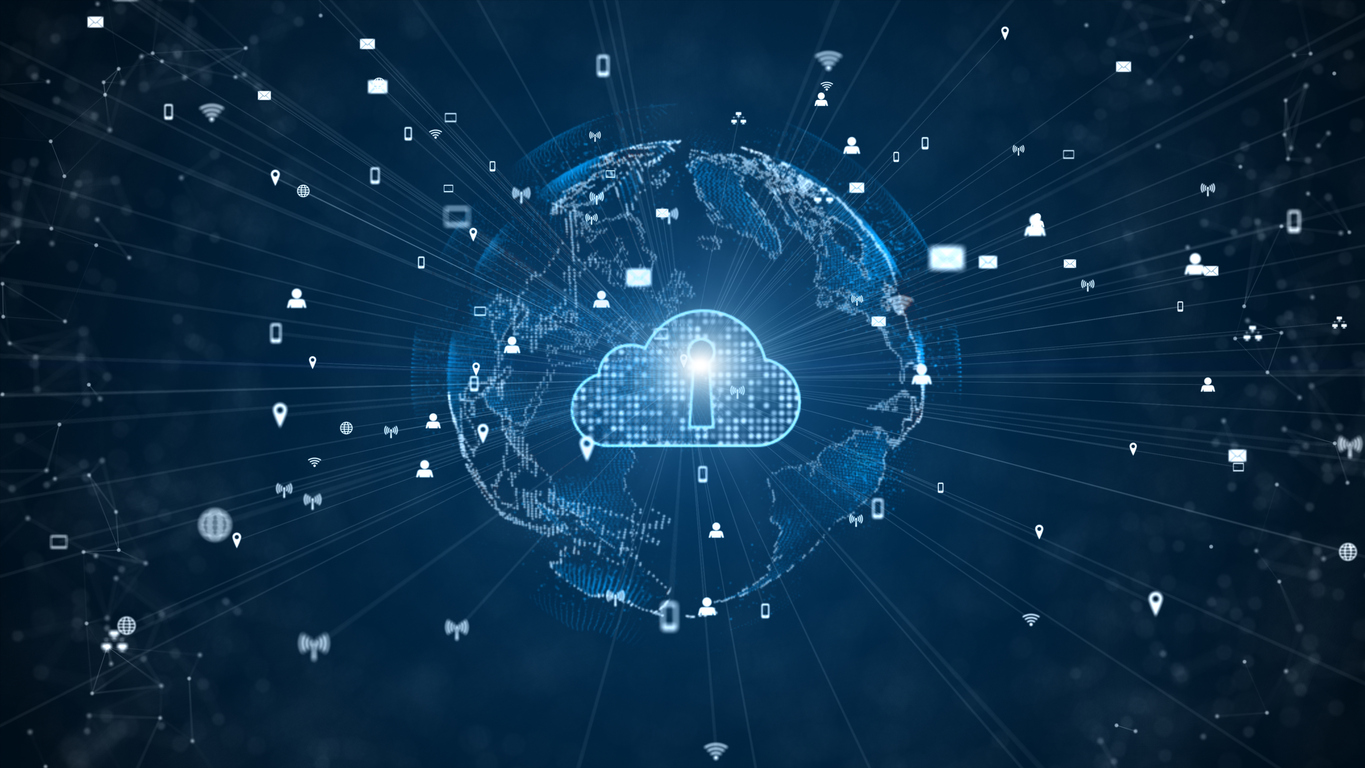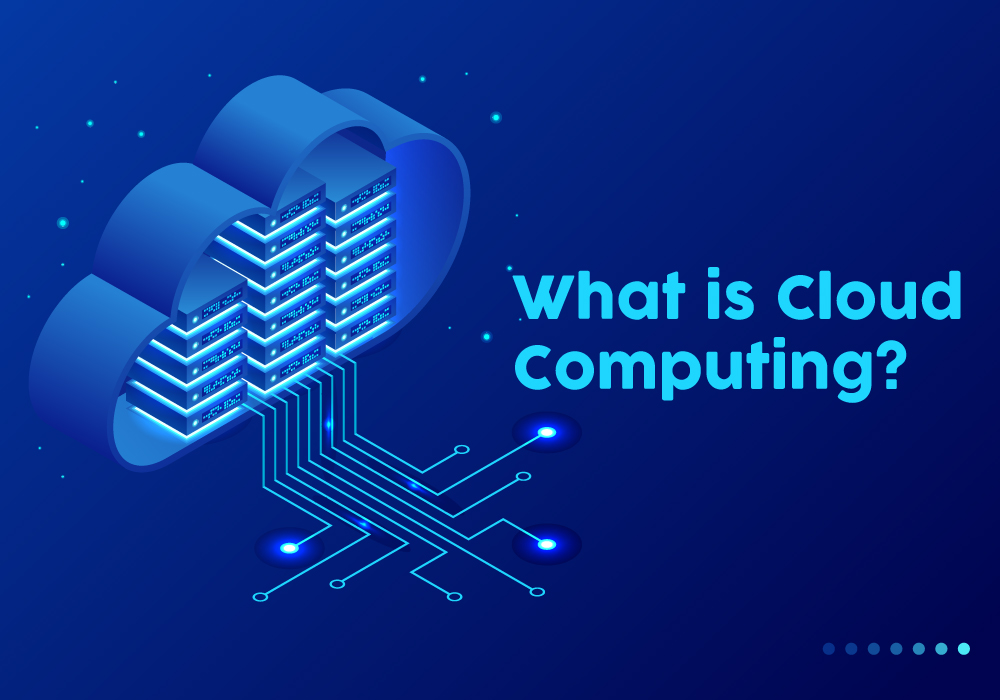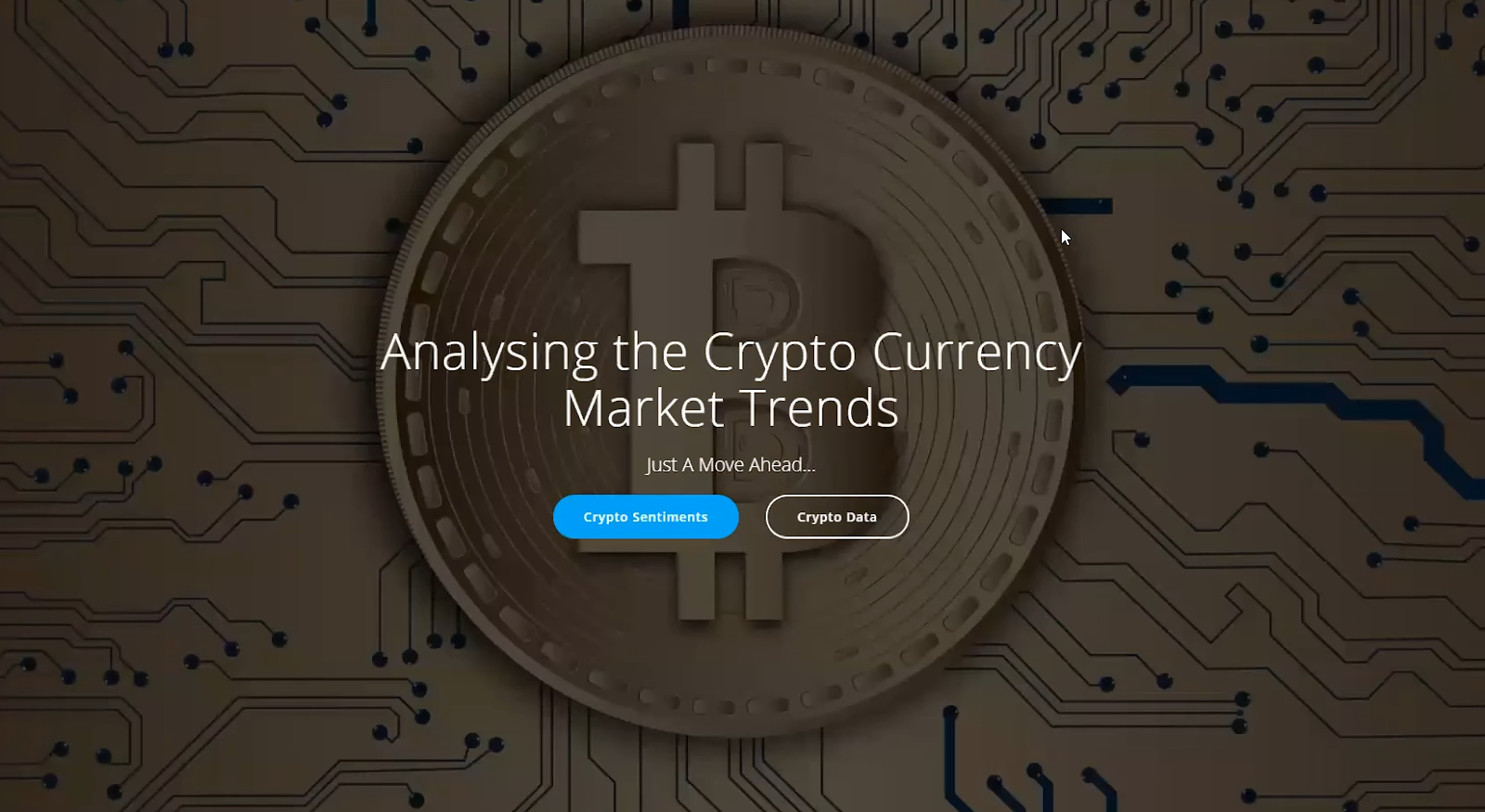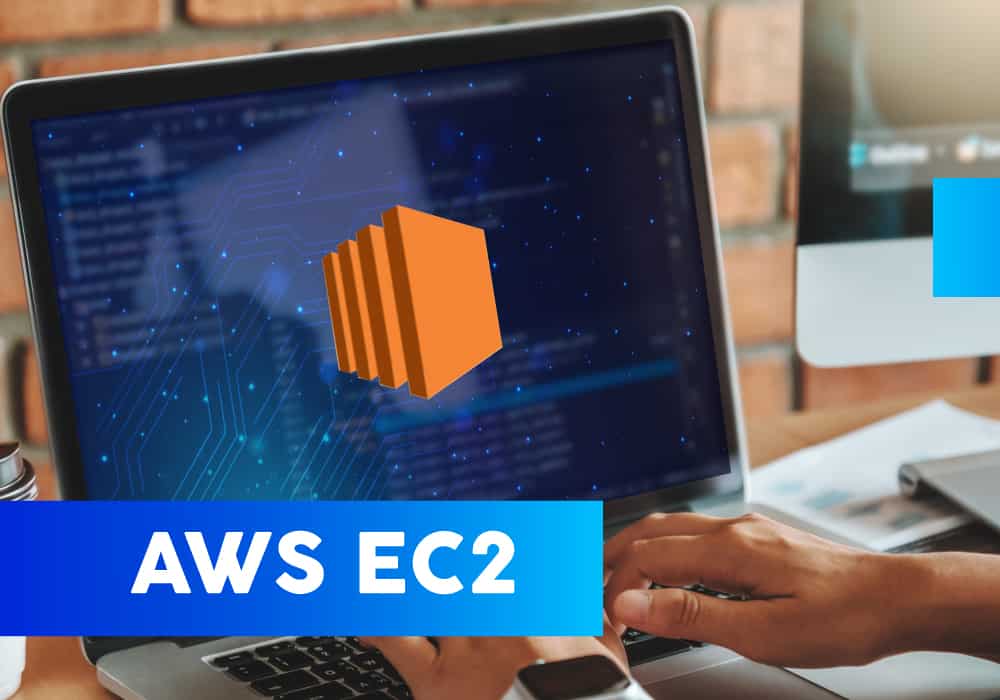- Hybrid/ Multi-Cloud Solutions
- Serverless Architecture
- Edge Computing
- Automation
- Quantum Computing
- Internet of Things
- Cloud in Education
- Future of Cloud Computing
As you might know, Cloud Computing has grown immensely over the past few years. The IT sector, technology, and business sectors have seen a rise in the use of cloud computing. Global spending around the future of cloud computing has seen a surge and is said to continue to grow annually. Spending is said to increase at 16% CAGR between 2016 and 2026.
Most businesses will agree that the cloud will be at the forefront of solving all major business problems. Leveraging the technology will help all businesses in achieving their goals. According to IDC, close to half of the IT spends are on cloud computing and cloud-based services. This is predicted to reach 60-70% of software services by 2020.
“83% of enterprise workloads will be in the cloud by 2020. Forbes”
Most of the data available to us today, suggests that the future of cloud computing is bright. As you can see, most companies have already started integrating cloud to their day-to-day functioning. It will allow organizations to address their future needs in a better way. 81% of companies with 1000 employees or more have a multi-platform strategy, and this number is said to rise to 90% by 2024. Let us take a look at the various cloud trends in 2020, and what the future looks like.
Hybrid/ Multi-Cloud Solutions
When a combination of private as well as a third-party public cloud service is used, this is known as Hybrid cloud computing. The primary use of this type of cloud computing is to allow you to shift your workload between the private and public clouds, thus, allowing you to have more flexibility.
This is one example of how a hybrid/multi-cloud solution can be used to reduce a users workload.

As the benefits of Hybrid/Multi-cloud solutions continue to increase, the market size is expected to grow as well. It is estimated that the market will grow to $97.64 billion by 2023. Companies such as Microsoft and Amazon have already started investing in this technology. It has advanced features such as Saas capabilities, consistent server reliability, greater security, customizable capabilities, and top performance.
But what makes it so desirable, is its reduced cost and flexible nature, making it fit for growing businesses.
Serverless Architecture
There are several barriers involved in traditional architecture. What’s great about the serverless architecture is that it removes all barriers that a standard IT infrastructure would consist of. As a user, you will not have to worry about purchasing or renting servers that run data, a third-party will handle this for you. This allows your organization to focus on other tasks. There are numerous advantages of a serverless architecture. Some of them are as follows- no system administration, cost reduction, easy operational management, a better offline experience, reduced liability, and more.
The reason for serverless architecture becoming one of the widely used trends this year is its cost-effectiveness. Take a look at the basic difference between a serverless architecture and a traditional one.
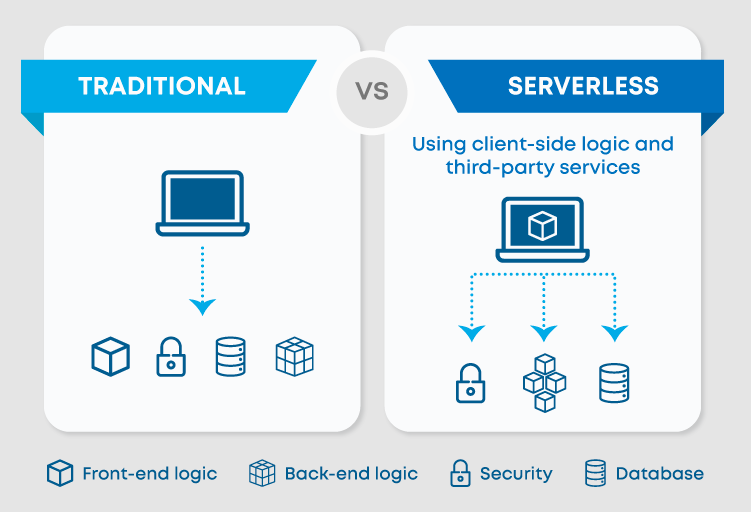
AWS has shown major advancement in this spectrum with Lamba. It is Favoured by 77% of IT heads than other serverless technologies.
Edge Computing
A method that is used to optimize cloud computing network systems by performing data processing near the source of data or the edge of the network is known as Edge Computing. This method works on a real-time basis on the cloud servers, thus, being able to store the data long term.
2020 will bring edge computing at the forefront, thus creating a new set of opportunities for organizations. They can now use new technologies and computing power to better their productivity and performance. As IoT sees an increased use, edge computing will play a chief role in real-time information and data analysis. It helps in streamlining the flow of traffic from IoT devices, as 5.6 billion IoT devices are said to utilize edge computing for various data collection and data processing activities by 2020.
Automation
Automation allows businesses to improve their productivity massively. And this can be done with minimal time and effort. Automation tools available today have proved to be important when it comes to addressing errors in a business environment. It can also help in streamlining this process in a manner that will generate better results.
Developers are now able to make changes to their websites hosted on the cloud before going live. If there is any error, they can restore the older version of the website with no damage to the sales processes or user experience. Opting for cloud means that the data consumption involved increases. Managing tasks can become tedious and time-consuming. Thus, automation can get rid of these manual processes to conduct daily operations.
Quantum computing
Quantum Computing is a trend that will transform the business world like never before. Google has already leveraged the principles of quantum computing and physics to make breakthroughs. They have developed next-generation products for their end-users. Supercomputers being the best example of quantum computing can work well when used properly. IBM, Microsoft, Google, and AWS are seen making efforts to gain an advantage over their competitors.
Also Read: Benefits of the Rise of Multi-Cloud for IT Operations
Complex algorithm calculations are performed with the help of quantum computers that use quantum physics for the same. They can process massive datasets in less time. They can also be used to encrypt electronic communication and help in augmenting cybersecurity as well. Financial institutions can use quantum computing too. It can be used to make transactions process faster and save time. This ensures efficiency. Data is stored in qubits, which is a simpler form of data. This makes the process faster and can also reduce additional costs that might be required to incur new resources.
Internet of Things (IoT)
Internet of Things is already a big part of our functioning today. As every device is connected to the internet and businesses encourage the use of IoT in most aspects of their operations, it can be leveraged to our advantage. IoT offers higher speed, better performance, flexibility, and greater storage space. This allows us to keep data safe, share information among users within the same space.
The Internet of Everything or IoE is a new phenomenon that is an offshoot of IoT. It helps us interact via devices that are connected to a particular network. It is a concept that is still evolving today and has great potential. Everything we use will soon be interconnected to existing populated networks of devices.
Cloud computing in education
Earlier, searching for information required a library. But digitally-enabled classrooms have allowed students to submit their presentations online, attend classes from remote locations through web conferences, they can also participate in global conferences and projects. It has also made its way into marketing platforms such as HubSpot, Adobe Marketing Cloud; and healthcare platforms such as ClearData, IBM Cloud, and more.
Also Read: Top Cloud Computing Interview Questions 2020
The Future of Cloud Computing
IDC has estimated that the future of cloud computing will rapidly evolve in the coming years. Close to 75% of data operations are said to be carried out outside of the normal data centers, and 40% of organisations are said to deploy cloud computing technologies. Edge computing will become an integral part of all organisations processes. End-point devices are said to be ready to execute AI algorithms by 2023. This shows that the future of cloud computing is bright.
Enroll with Great Learning Academy’s free cloud computing courses and upskill today!



